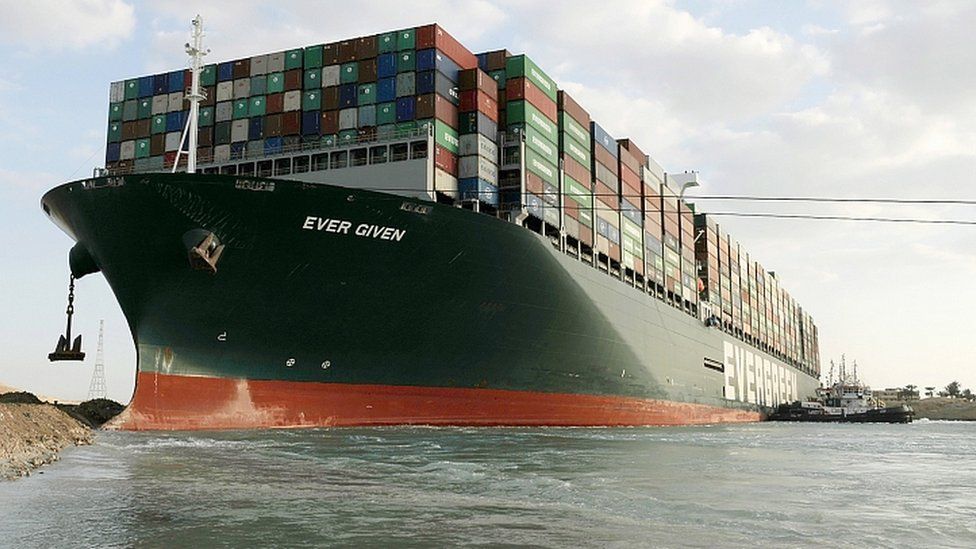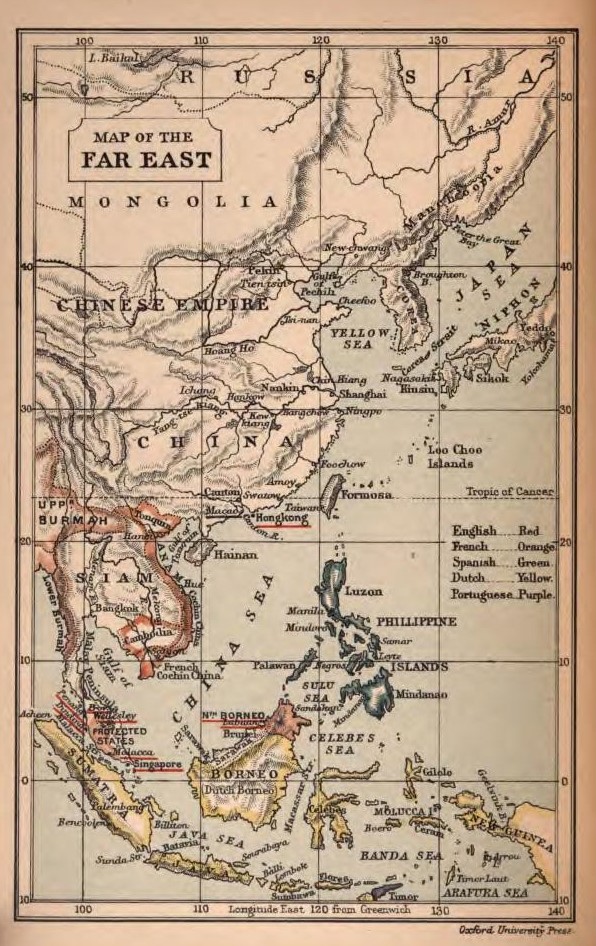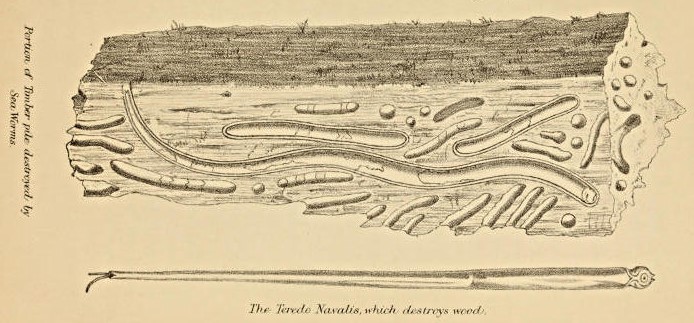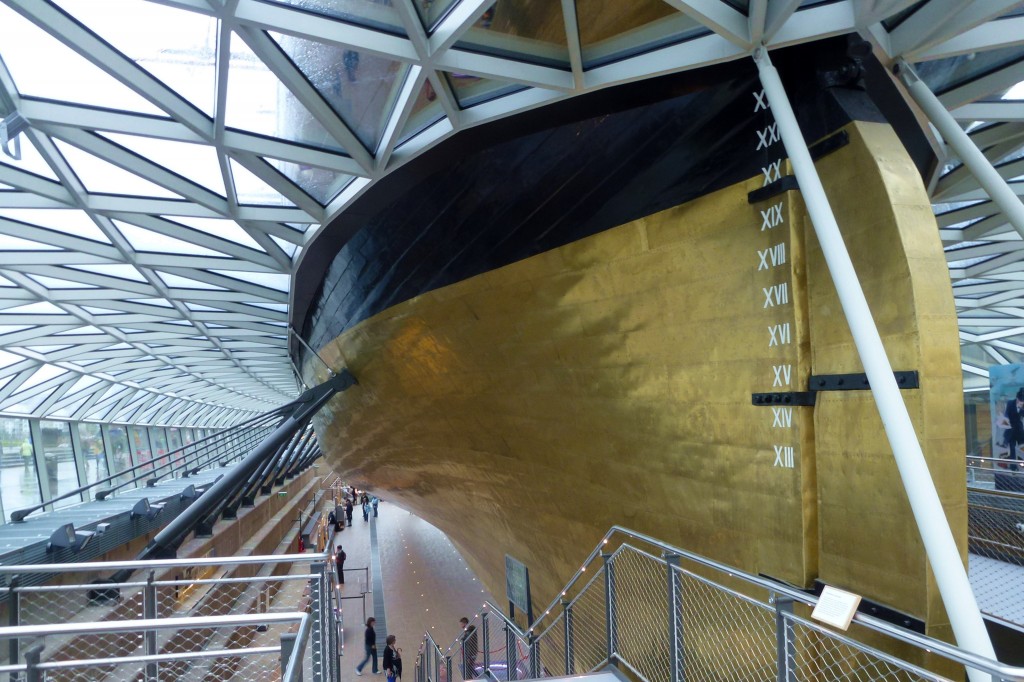
Although the use of mechanical handling equipment, on the quayside as well as on vessels, steadily progressed through the 19th and into the 20th century it’s still probably true to say that the loading and unloading of cargo remained tiresome, dangerous and slow procedure. Ships could be tied up for weeks, an expensive business as crewmen were still be on contract and provisions needed buying and wages paid. And as we have seen with the Mercury delay in port gave opportunity for men jumping ship.
With mixed cargoes, some items in casks, some in boxes, others in sacks stowage was demanding and time consuming as was the subsequent sorting when commodities were passed to receiving brokers or merchants. When David Thomas contemplated taking on thousands of casks of paraffin he could only have dreamed of tanker vessels specially designed at the end of the 19th century to carry oil. And even more radical was the containerised revolution which began in the 1950s, a technological change which eventually undermined the traditional ports of the merchant marine, having a massive impact on dock labour as well as speeding the movement of commodities at loading, discharging and distribution. One thing that has gone with the introduction of containerisation is a prolonged period of being at the quayside. Captain Thomas would marvel at the turn around times now assigned to modern box carriers.
Nonetheless, as radical as containerisation was, the men of the 19th century merchant marine had in common with the 21st century sea-going traders the knowledge that the lifeblood of national economies was carried here, there and everywhere by their ships criss-crossing the worlds oceans. The scale and speed is different but like the massive Ever Given which blocked the Suez Canal in March 2021 the tiny Mercury was looking to find a charter, offering a service, driven by the need to be a safe and secure carrier in an increasingly competitive market.
And here he was once again, Captain Thomas in southern waters, carrying 546 tons of coals to Hong Kong. This was not an exceptional period in the ship’s working life. As such it’s an example of the time a master might need to load, sail, discharge and once again be ready for another passage.
Mercury arrived in ballast at Australia on 8 March 1883. Coals were loaded and it was then off to Hong Kong arriving there on the 1st of May, having been blessed with fine weather on the passage. Thomas speedily chartered to take a cargo to Le Havre and London. This was fixed by the 9th of the month with 20 days allowed for loading. So all things being equal the ship should have sailed for home about 30th of May. Unsurprisingly this was not to be. On the due date there was still about 40 tons of cargo to be loaded. An extension was allowed to the 4th June which was met and Mercury sailed on the following day. It was off on the long passage to Europe where the schooner arrived at the French port on 17th October 1883. Two hundred and twenty four days of loading, discharging and travel. Not speeding round the globe but an essential part of the chain of commerce, connecting producers, manufacturers, merchants and final end consumers in the vast web which was the capitalist global market.

As I said in part 10 the charter offered and accepted of coals from Newcastle to Hong Kong was “miserable” but what could the captain do? Nothing else was forthcoming which left no real choice other than lying up, in hope of a better deal. Lying up entailed more expense. Money was only made by actual trading. Any profits realised could drain away as expenses mounted, particularly difficult when it resulted from the terms of a charter which had been agreed. This was what confronted David Thomas in Hong Kong when, having unloaded coals, he had the chance of chartering a consignment of camphor to Europe. On the passage from Australia to Hong Kong the ship had shown signs of not being as watertight as the master wished and the charter party expected. Thomas found the surveyors “very particular”, they, like the captain, thought the copper on the hull was suspect.
He explained to James Elsmie that he “was frightened for worms as we made water since leaving Newcastle”. The only thing he could do was go into dry dock and have the hull inspected: “we got the leak at the forefoot [where the stem joins the keel] the seam was quite open . . . No appearance of worms and we are now quite tight again”.

The worm which was causing David so much concern was the Teredo. Not actually a worm this mollusc, Teredo navalis, is immensely destructive to timber. In the 1870s the scientist E. H. von Baumhauer described the creature’s wood-boring as “analogous to that of a file, by means of the thousands of cutting teeth with which its valves are armed”. In an expanding commercial trade, with evermore timber ships and harbours with many wooden piles, the Teredo threatened to disrupt commerce, naval defences not to mention the threat to the lives of seamen.
Experiments showed that the mollusc resisted many chemical and material barriers to stop the destruction of timber. Britain’s navy found that sheathing a hull in copper was most effective this, however, was an expensive business. In the 1790s, for example, to sheathe a 1200 ton vessel cost and extra £800 on a final bill of £15000 . As for merchant ships this was a cost only to be borne where sufficient profit could be guaranteed. The historian J. R. Harris notes that amongst the earliest to adopt the expensive copper were slave traders whose evil profitable business was in warmer waters where the worm was believed to thrive. As the tentacles of global trade extended wider and deeper so the need to protect valuable investments grew. Metal sheathing was gradually adopted across the ocean-going merchant fleet and when it was found an alloy of 60% copper and 40% zinc was as effective but cheaper than straight copper this was more widely adopted.
With the hull inspected and passed by the surveyor Mercury was ready to take on board the cargo of camphor. David Thomas was glad to be busy again and pleased that his wife was coping with the delay: “Mrs Thomas stands it wonderfully considering all drawbacks”. Thomas was aware that camphor was problematic freight as the odour could be overpowering, unpleasant as the captain said. The charter negotiated was for a full cargo of 555 tons mostly camphor.

Camphor was extracted from a species of Laurel known in Japanese as Kusonoki. The two main sources for this Eastern product were Japan and Formosa (Taiwan) with Hong Kong as the chief port from which it was exported; mostly to Europe. Manufacture was destructive of the majestic trees, mature wood was converted to chips from which camphor was extracted by a process of distillation. It was estimated that 50 pounds weight of timber would yield one pound of camphor. For the product to be a sustainable crop systematic re-planting was necessary but as it took many years for a tree to mature sufficiently to provide a crop this meant that small producers would not tie up their capital in the long wait for future profits. A lack of stringent controls meant deforestation and destruction of ecosystems. Paradoxically the camphor laurel was introduced as an ornamental tree to Australia in 1822, not as an economic resource. Much like the introduction of rabbits this proved to be such a success for the tree that it naturally spread and became a threat to indigenous species of trees resulting in this particular laurel now being designated a weed in Queensland.
The pungent commodity was widely used in medicines; it was said to have properties which made it useful for relieving rheumatism and many other complaints of the human frame such as sprains, toothache, gastric problems, gangrene and was claimed to be good in the treatment of smallpox. Despite its widespread use as a medicine camphor was recognised as a poison so that any preparation taken internally had to be applied with some caution, At the time David Thomas was loading camphor Aberdonians could buy it from John Fearnside, chemist in the city’s Green. Camphor balls were sold for treating chapped hands. For the house proud there was Camphorated Furniture Polish to bring out the best in wood – and, it was claimed, was deadly to moths. Chamelon Oil was advertised as good for human ailments with the bonus of being “the best veterinary medicine known”.
It was with some 500 tons of this sought-after commodity that Mercury arrived at Le Havre on the 17th October, having taken about 20 weeks to make the passage from Hong Kong. Of the 5000 packages of camphor in the holds only 325 were for discharging in the French port. Easy enough if loaded such that they were immediately to hand. As per usual packages were marked to indicate where the consignment was bound but as these seemed to have been loaded with no thought of fast, efficient unloading Thomas had to organise double handling – the camphor was taken to the quayside, identified, sorted and items bound for the French market separated with the rest returned to the ship. A slow procedure made even slower when it rained for camphor could not be allowed to get wet. “It is terribly trying beside the expense” Thomas wrote. Unsurprisingly as efficacious as camphor might be as a liniment there was no relief for the captain and crew from the all but overpowering stench in the confined spaces beneath deck: “it is bad being in the hold all day among the camphor. Sometimes we cannot stand it in the cabin”. The “we” here includes Margaret Thomas who was still with the vessel.

In terms of the time spent at sea from Hong Kong, as unpleasant as it was sorting through the camphor at Le Havre, this was done relatively quickly; Mercury left the French port on 25th October and arrived at Westminster Docks, London, two days later where the schooner was to remain until the 3rd December. With time on his hands in the Port of London the captain took the opportunity to visit Aberdeen, presumably with his wife as companion. The primary purpose of the visit seems to have been speaking to James Elsmie about trade and the condition of the ship especially the tightness of the copper sheathe. The outcome of this meeting was that no major work was required, it was safe to continue another year. The Welshman did take the precaution of having the hull above the copper line treated with paint laced with arsenic, thought to be an inhibitor of the Teredo Worm.
To his great relief arrival at a home port meant completion of the contract between himself and the mate James Galashan who had been with the ship since July 1881, over two years of the captain’s unease at the seamanship skills of the second in command. Expecting Galashan to give the owner Elsmie his own account of the troubles between master and mate David Thomas wrote to Aberdeen: “I am glad we [mate and ship] are at last parted. I suppose there will be heavy complaints to be made but I suppose I must stand it all. I never thought that anyone could be so stupid and easy as he has been”. It seems unlikely that the discharged mate travelled with the captain back to Aberdeen by train!
With 1883 ending the Mercury was made ready to sail to South America.
